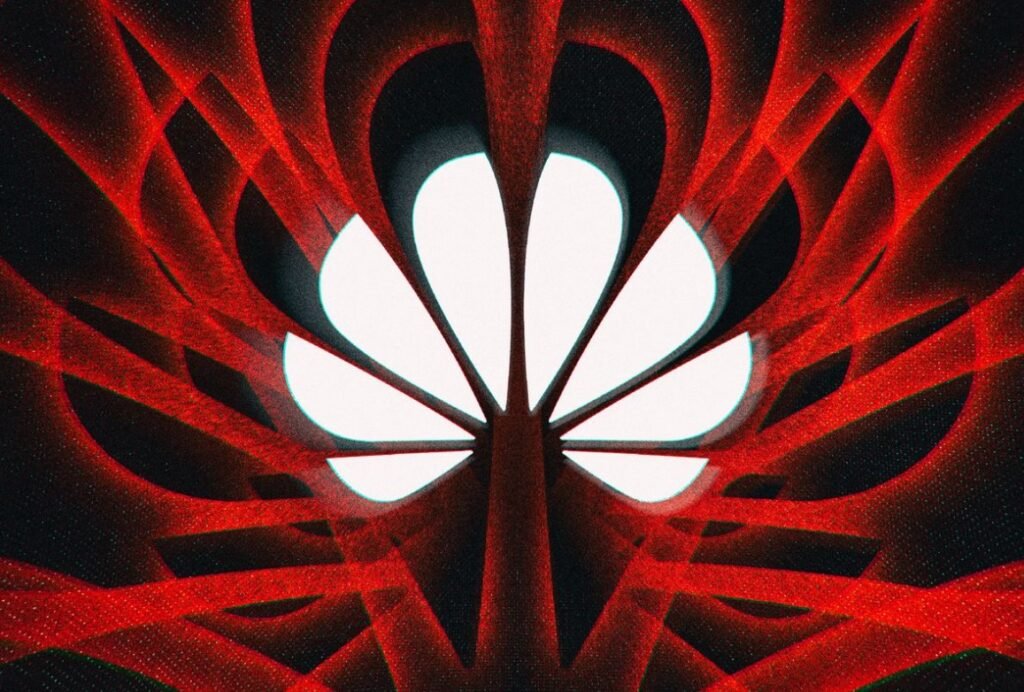Huawei’s consumer business, which includes smartphones, tablets, laptops and smart devices, contributed 103.5 billion yuan ($16.1 billion) to the revenue, up by 2.2% year-on-year. The company said it launched several new products in the first half of 2023, such as the Mate 60 Pro smartphone, the MateBook X Pro laptop and the Watch 3 smartwatch. The Mate 60 Pro, powered by an advanced domestically produced chip, showcased China’s growing expertise in designing and producing radio-frequency chips, marking a significant leap in technological advancement. The Mate 60 Pro also became the best-selling smartphone in China in the second quarter of 2023, according to market research firm Canalys.

Huawei’s ICT infrastructure business remains solid
Huawei’s ICT infrastructure business, which covers network equipment, cloud services, data centers and artificial intelligence, accounted for 167.2 billion yuan ($26 billion) of the revenue, slightly down by 0.4% year-on-year. The company said it continued to provide stable and secure ICT services to its customers and partners, and invested heavily in research and development of foundational technologies. Huawei also launched several new products and solutions in the first half of 2023, such as the HarmonyOS operating system, the OceanStor Pacific distributed storage system and the Atlas AI computing platform.
Huawei’s digital power and cloud businesses experience strong growth
Huawei’s digital power business, which includes solar power, energy storage and smart grid solutions, generated 24.2 billion yuan ($3.8 billion) in revenue, up by 23.8% year-on-year. The company said it helped customers achieve green and low-carbon development, and supported the global energy transition. Huawei also launched the FusionSolar 8.0 Smart PV Solution, which integrates digital technologies with photovoltaic power generation.
Huawei’s cloud business, which offers cloud computing, big data and artificial intelligence services, brought in 24.1 billion yuan ($3.8 billion) in revenue, up by 18.2% year-on-year. The company said it accelerated the innovation and development of its cloud services, and expanded its global presence. Huawei also launched the CloudCampus 3.0 Solution, which enables enterprises to build agile and intelligent networks.
Huawei’s intelligent automotive solution business gains competitiveness
Huawei’s intelligent automotive solution (IAS) business, which provides components and solutions for intelligent connected vehicles, achieved 1 billion yuan ($156 million) in revenue, up by 66.7% year-on-year. The company said it enhanced its capabilities in chip design, software development and system integration, and cooperated with automakers and suppliers to create high-quality products. Huawei also launched the HI brand, which represents its IAS business, and the HI 1900 chipset, which supports high-speed and low-latency communication for vehicles.
Huawei faces challenges and opportunities amid US sanctions
Huawei has been at the center of an intense tech standoff between China and the US, with Washington accusing the company of posing a risk to US national security and imposing sanctions on it since 2019. The sanctions have cut off Huawei’s access to US-made components and technologies, and affected its global market share and competitiveness. Huawei’s revenue in 2021 and 2022 declined by 16.5% and 28.5% respectively, compared to the previous years.
However, Huawei has also shown resilience and innovation amid the challenges, and sought to diversify its growth sources and reduce its reliance on US suppliers. The company has increased its investment in research and development, and focused on creating value for its customers and partners. Huawei has also explored new sectors such as software, connected devices, business computing and smart vehicles, and leveraged its strengths in 5G, cloud, artificial intelligence and digital power.
Sabrina Meng, Huawei’s rotating chairwoman, said the company’s results for the first half of 2023 were “in line with forecast”. She thanked the customers and partners for their ongoing support, and the entire Huawei team for its solidarity and dedication. She said Huawei would continue to increase its investment in R&D to make the most of its business portfolio and take the competitiveness of its products and services to new heights.
